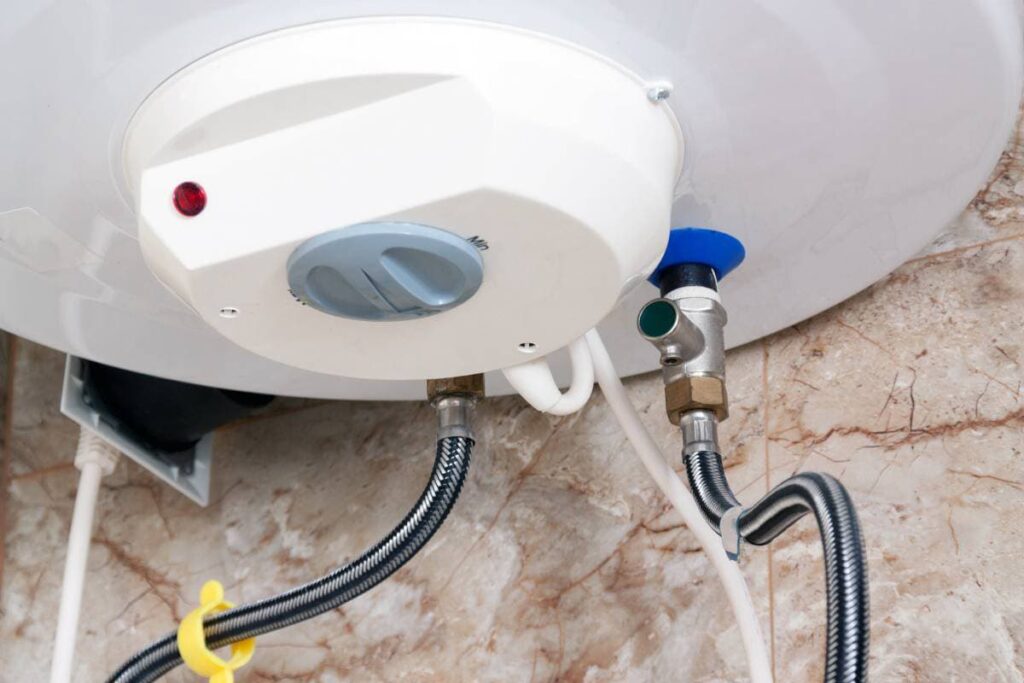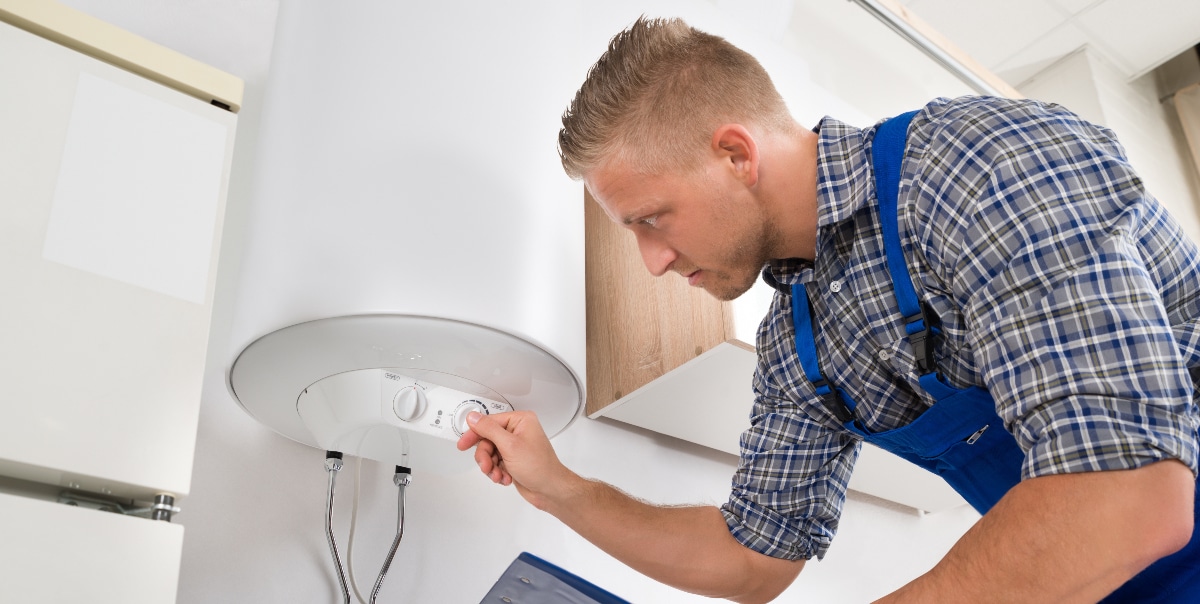Top Methods to Maintain Your Home's Hot Water System EffectivelyEffective Techniques for Maintaining Your Home's Hot Water SystemHow to Keep Your Home's Hot Water System in Good Condition
Call TodayWe have stumbled on this great article involving What Kind of Maintenance Do Water Heaters Need? down the page on the internet and felt it made sense to talk about it with you in this article.

Hot water is necessary for daily comfort, whether it's for a rejuvenating shower or cleaning recipes. To guarantee your hot water system runs efficiently and lasts longer, routine upkeep is vital. This article offers functional suggestions and insights on how to preserve your home's hot water system to avoid interruptions and costly repair services.
Intro
Keeping your home's warm water system could appear challenging, however with a few easy steps, you can ensure it operates smoothly for many years to find. This guide covers every little thing from recognizing your warm water system to do it yourself upkeep pointers and recognizing when to call in professional assistance.
Value of Keeping Your Warm Water System
Routine upkeep not only prolongs the lifespan of your warm water system however likewise ensures it operates efficiently. Neglecting upkeep can bring about lowered performance, greater energy costs, and also premature failure of the system.
Signs Your Hot Water System Demands Upkeep
Understanding when your hot water system needs focus can protect against major concerns. Keep an eye out for indications such as inconsistent water temperature, weird sounds from the heating unit, or rustic water.
Flushing the Water Heater
Purging your water heater removes debris accumulation, improving effectiveness and prolonging its life.
Checking and Changing Anode Rods
Anode rods protect against deterioration inside the storage tank. Inspecting and changing them when broken is vital.
Complicated Issues Needing Professional Aid
Examples include major leakages, electrical troubles, or if your water heater is continually underperforming.
Regular Professional Upkeep Conveniences
Expert upkeep can include thorough examinations, tune-ups, and guaranteeing conformity with security requirements.
Inspecting and Changing Temperature Settings
Readjusting the temperature setups guarantees optimum efficiency and security.
DIY Tips for Upkeep
You can perform numerous maintenance jobs on your own to maintain your warm water system in top problem.
Checking for Leakages
Routinely examine pipelines and links for leaks, as these can bring about water damage and higher costs.
Recognizing Your Warm Water System
Prior to diving right into upkeep tasks, it's useful to understand the fundamental components of your warm water system. Normally, this consists of the hot water heater itself, pipelines, anode poles, and temperature controls.
Month-to-month Upkeep Tasks
Normal month-to-month checks can help catch minor problems prior to they escalate.
Testing Pressure Alleviation Valves
Evaluating the stress relief valve guarantees it operates appropriately and avoids excessive stress buildup.
Shielding Pipelines
Shielding warm water pipes reduces warmth loss and can save power.
When to Call an Expert
While DIY maintenance is beneficial, some issues need professional know-how.
Verdict
Normal maintenance of your home's hot water system is vital for performance, longevity, and expense financial savings. By adhering to these pointers and knowing when to look for specialist help, you can guarantee a trusted supply of hot water without unexpected disruptions.
Water Heater Maintenance Tips
Test the TPR Valve
Shut off the power and the cold-water supply valve. Place a bucket under the pipe connected to the temperature-pressure-release (TPR) valve on the top or side of the tank. (This valve opens if the tank pressure gets too high.) Lift the valve’s tab to let some water out, then let go. If water keeps flowing, drain the tank partway, unscrew the old valve with a pipe wrench, and install a new one. Check the Anode Rod
Put a hose to the tank’s drain cock and let out a few gallons of water. Now fit a 1 1/16-inch socket onto the rod’s hex head on top of the heater (or under its top plate) and unscrew the rod. If it’s less than ½ inch thick or coated with calcium, buy a new one, wrap its threads with Teflon tape, put it back in the tank, and tighten securely. Use this segmented rod if headroom above the tank is limited. Drain the Tank and Wash Out Sediment
Drain the remaining water in the tank into the bucket, then stir up the sediment on the tank’s bottom by briefly opening the cold-water supply valve. Drain and repeat until clean water comes out of the hose. Close the drain cock, refill the tank, and turn its power back on. Adjust the Temperature
Find the temperature dial on the side of the tank and unscrew its cover. Adjust the dial to 120 degrees using a flathead screwdriver. For every 10 degrees the temperature is lowered, you can expect to save up to 5 percent in energy costs. Turn the water heater off or the thermostat down to its lowest setting if you plan to be away from home for more than three days. Insulate the Pipes
Buy some self-sticking 3/8-inch-thick foam pipe insulation that matches the pipes’ diameter. Slide the foam over the hot-and cold-water pipes as far as you can reach. Insulating the cold-water pipe prevents condensation in summer. Peel the tape and squeeze the insulation closed. If the pipe is 6 inches or less from the flue, cover it with 1-inch-thick unfaced fiberglass pipe wrap. https://www.thisoldhouse.com/plumbing/21016402/how-to-maintain-a-water-heater

I'm certainly very drawn to Tips For Maintaining Your Hot Water Heater and I really hope you enjoyed reading my post. Remember to take a moment to distribute this post if you appreciated it. Thank-you for your time spent reading it.
Call Today